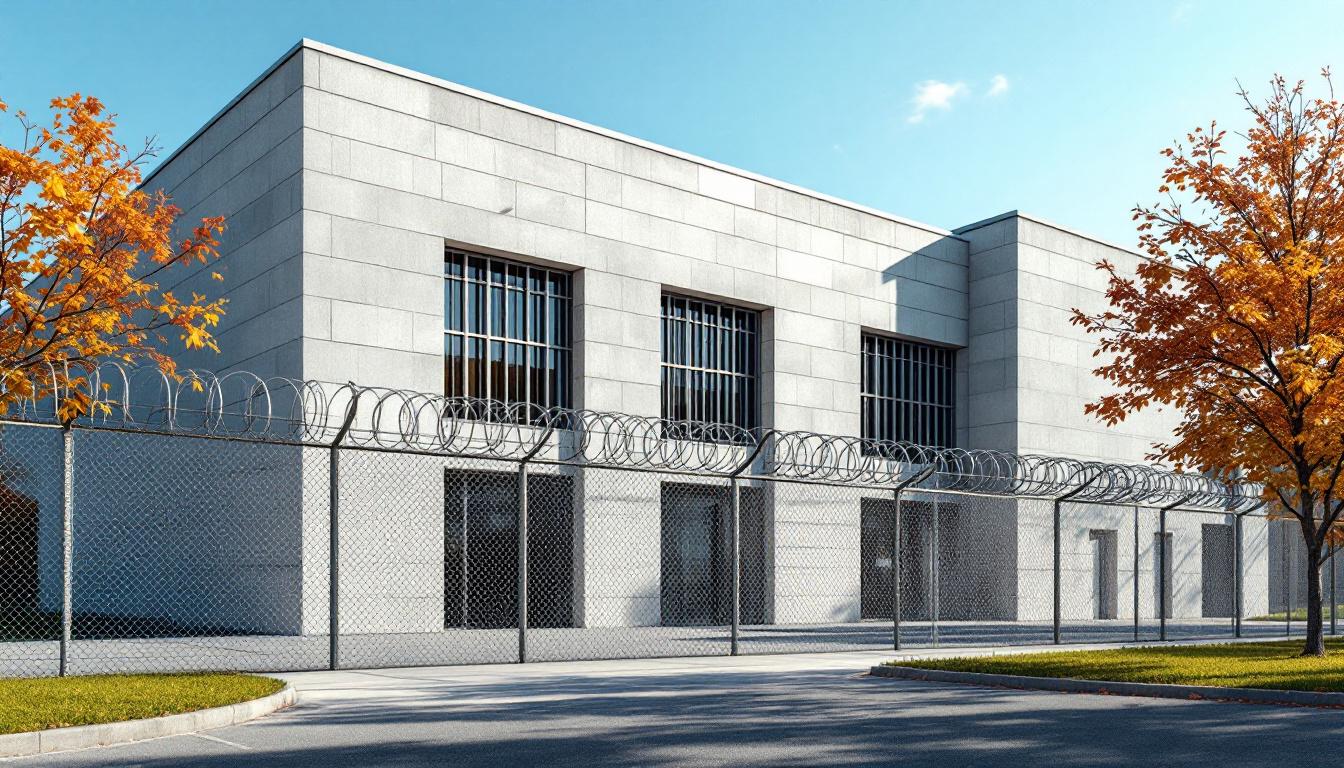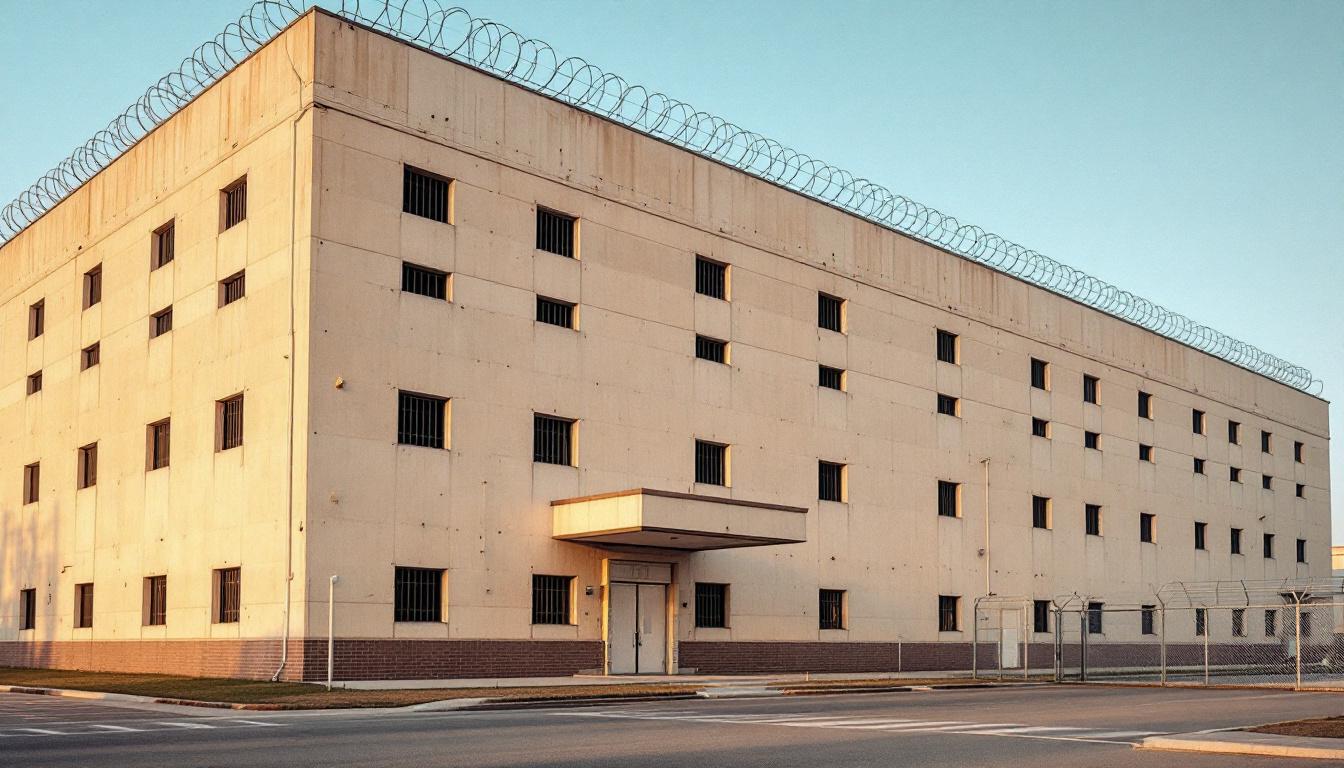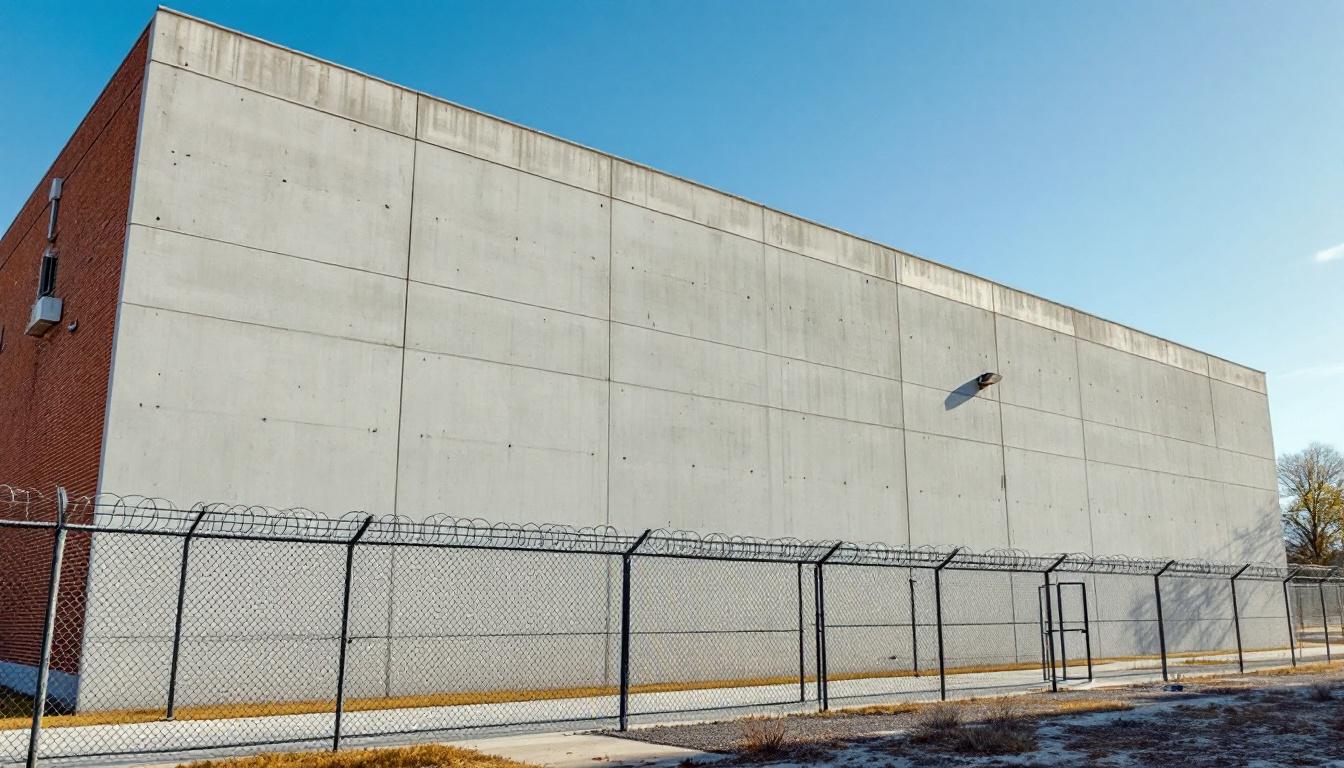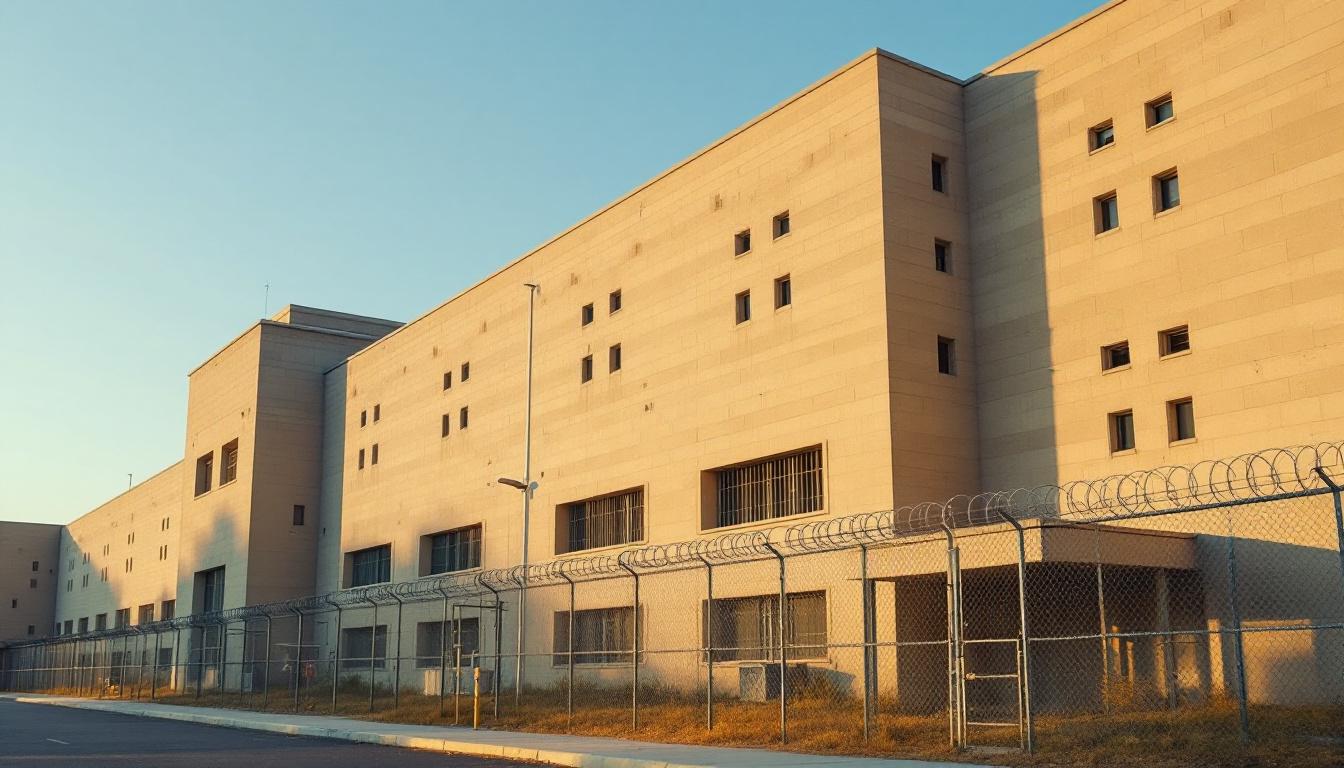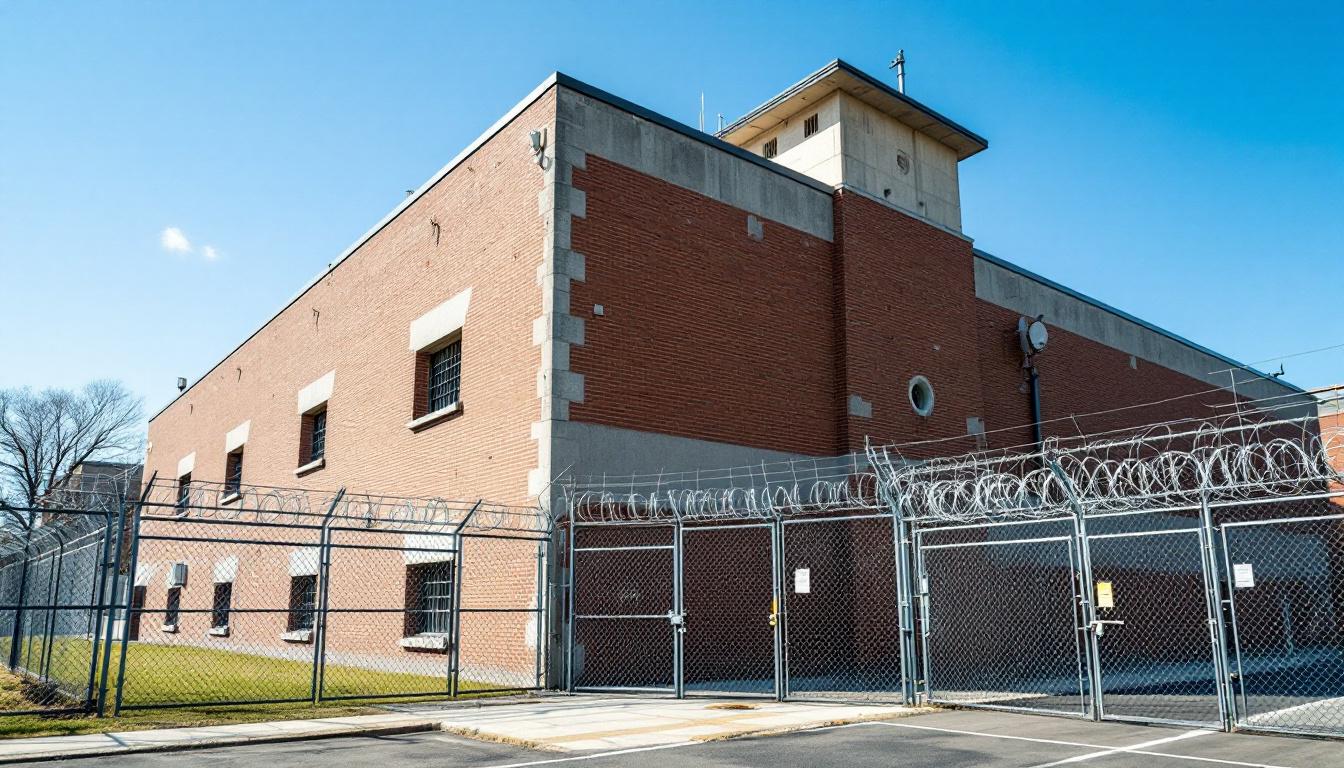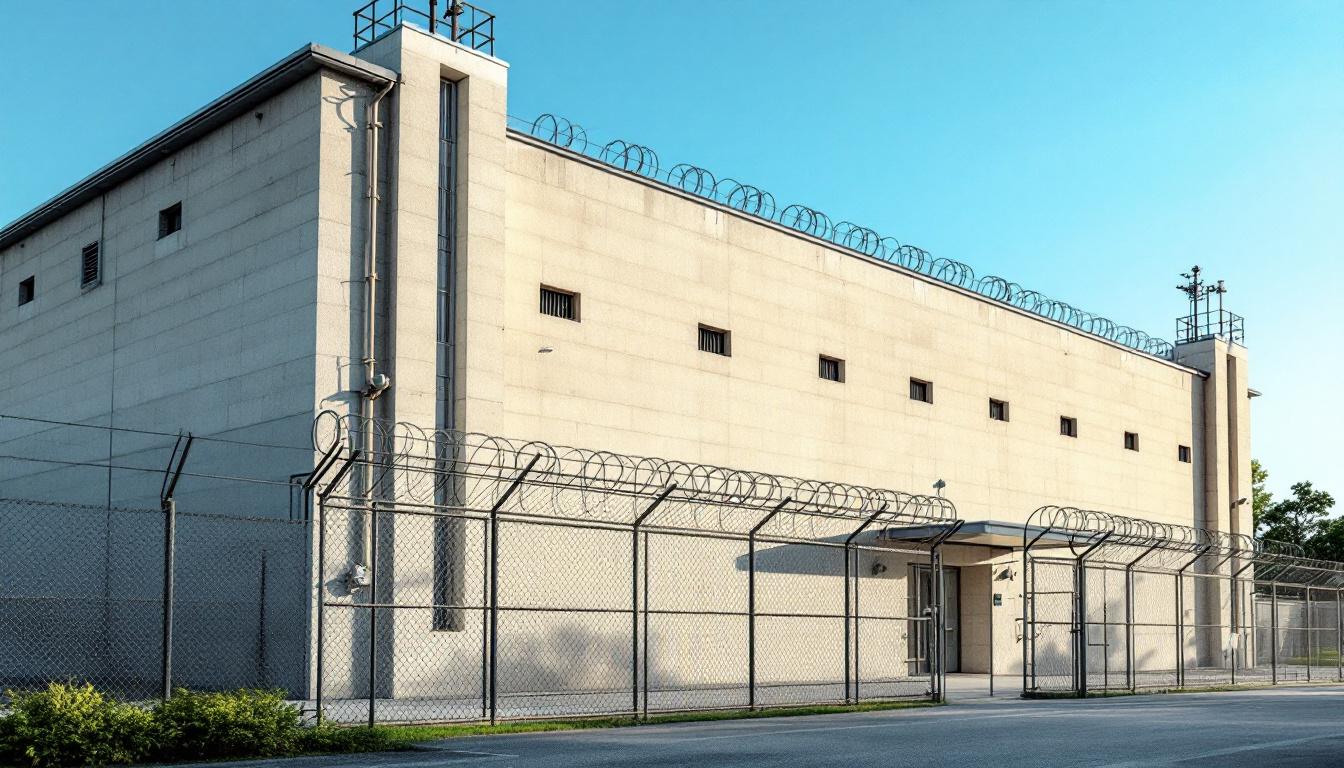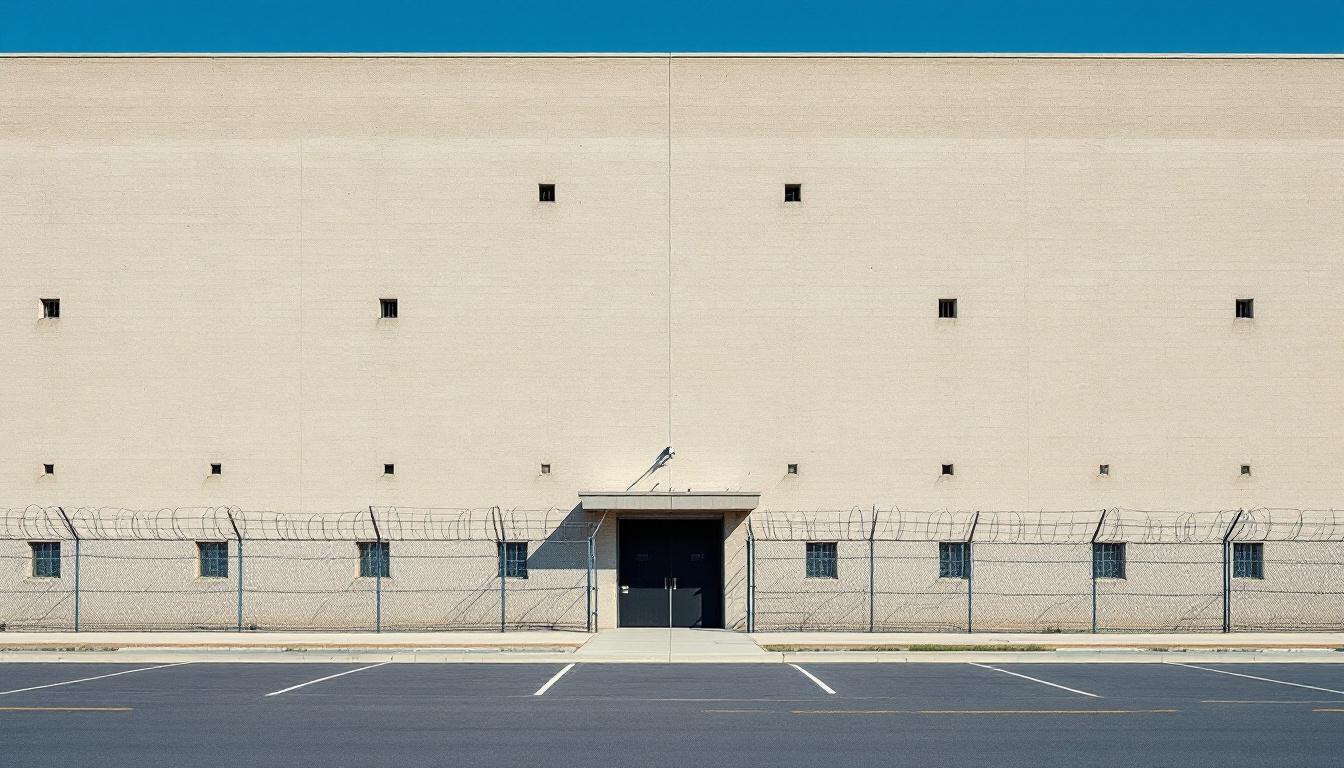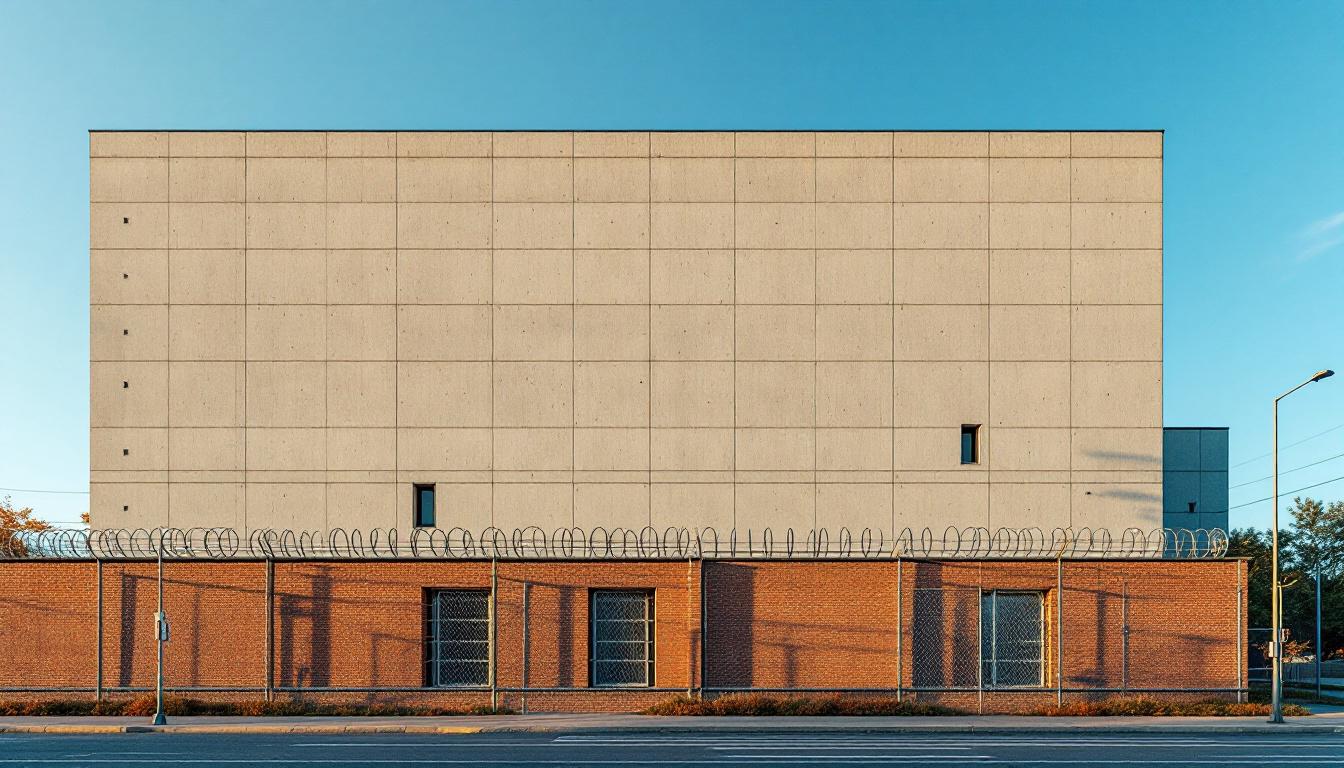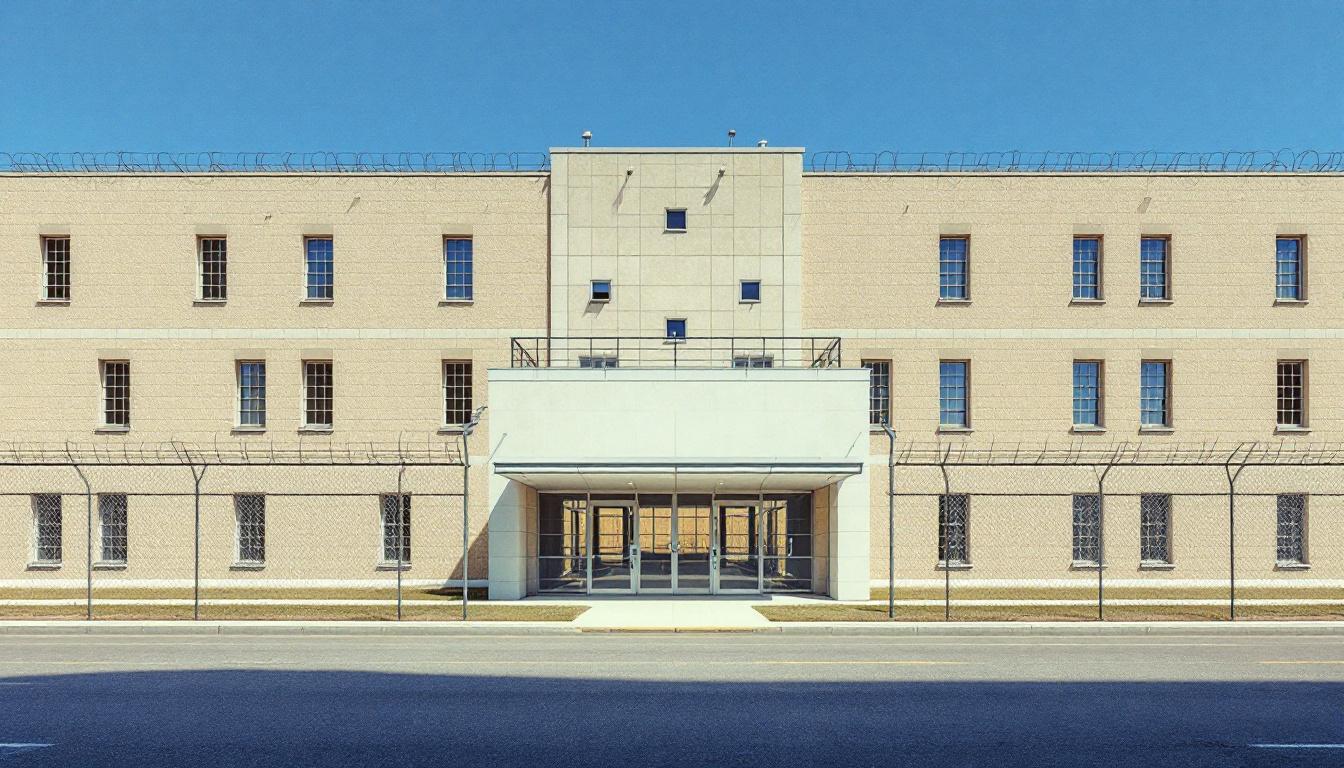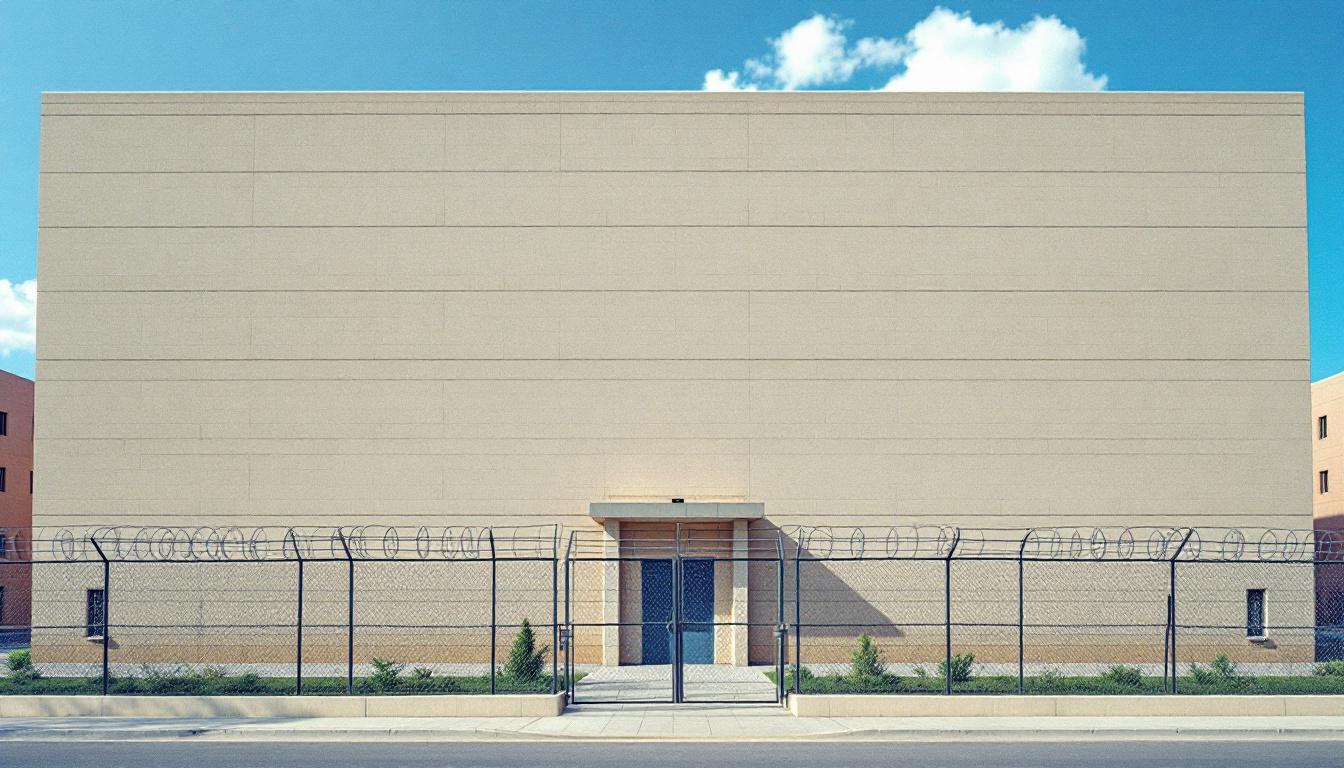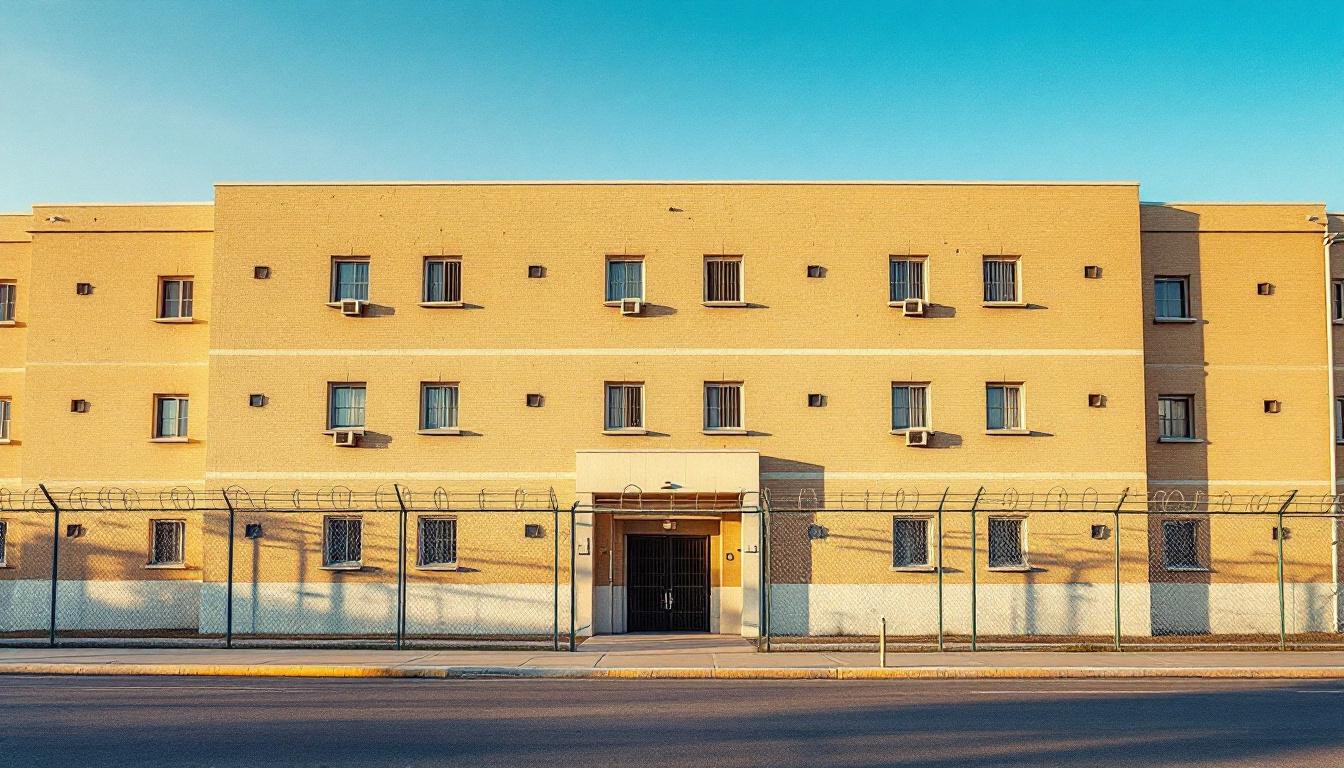
Quick Navigation
How to contact an inmate at Escambia County Jail
This comprehensive guide will walk you through how to connect with an inmate at Escambia County Jail. Follow the steps below to find an inmate and send letters and photos:
- Search for the inmate using our search tool below
- Create your account or log in to Penmate
- Write your message (up to 6,000 characters)
- Send instantly - inmates receive printed copies daily
Find an Inmate
Search for an inmate to start communicating today
Tip: You can search by first name, last name, or inmate ID number
To contact a person at Escambia County Jail start by searching for the person on the official facility website. Perform a search by following these steps:
- Step 1: Enter their first name and last name into the search form and click "Search"
- Step 2: Locate their inmate record
- Step 3: Write down their Inmate ID and any housing information provided
Important! Be sure to enter the person's full name. Nicknames should not be used.
How to Send Messages to Inmates

You can use your phone or computer to send emails, letters, and photos to an inmate. Messages are sent electronically to inmate tablets or kiosks at the facility. If you would like to send a message, start by searching for an inmate at Escambia County Jail.
Sending Photos and Postcards

A great way to send love and support to a loved one at Escambia County Jail is to send photos and postcards. It only takes a few minutes to send photos from your phone and it makes a huge difference. You can also mail postcards with words of support and inspiration, or design your own postcard for special moments like birthdays and holidays.
Important! Be sure not to send any explicit photos or they may not be approved by the facility. You can also use a photo printing app like Penmate to make sure your photos are printed at the correct size (4x6 or 3x5) and are mailed according to the rules and regulations of Escambia County Jail.
Frequently asked questions about Escambia County Jail
-
How long does it take to deliver a message?
If you're sending an email message your letter is usually delivered within 24-48 hours. For messages sent via mail you should expect delivery within 3-7 days. All messages will need be approved by Escambia County Jail.
-
How much does it cost to send a message to Escambia County Jail?
You can send a message free using your phone or mail a message via USPS for the price of a $0.60 stamp and envelope. You can also purchase credits or e-stamps from services starting at $1.99.
-
What services can I use to contact an inmate at Escambia County Jail?
Penmate
You can use Penmate to send letters and photos to an inmate from your phone. It's an easy way to stay in touch during your loved one's incarceration. Use the inmate locator to find an inmate's location and contact information, then you can send messages within a few minutes.
Securus messaging
Securus may be another option for communicating with an inmate at Escambia County Jail. You can create a friends and family account and purchase credits to send messages. All messages will be reviewed and must be approved by the facility.
JPay
Some county jails and state prisons may support sending messages with JPay. You must register an account with the system, find your loved one, and purchase stamps to send messages. For some locations you can also attach photos.
Smart Jail Mail
You may also check if Smart Jail Mail is available at Escambia County Jail. Smart Jail Mail is operated by Smart Communications and has contracted with some state and county jails. After purchasing credits, your messages and photos are sent to the facility, printed out, and then handed out to your loved one.
-
What is the mailing address of Escambia County Jail?
Mailing address:
Escambia County Jail
3080 N Pace Blvd
Pensacola, FL 32505
Phone: (850) 436-9830Business hours:
- Monday: 6:00 AM – 8:00 PM
- Tuesday: 6:00 AM – 8:00 PM
- Wednesday: 6:00 AM – 8:00 PM
- Thursday: 6:00 AM – 8:00 PM
- Friday: 6:00 AM – 8:00 PM
- Saturday: Closed
- Sunday: 9:00 AM – 8:00 PM
-
What are the visiting hours at Escambia County Jail?
Visiting hours at Escambia County Jail vary by housing unit and security level. Generally, visits are scheduled on weekends and holidays, with some facilities offering weekday visits. Contact the facility directly at (850) 436-9830 or check their website for the current visiting schedule. Visits typically last 30-60 minutes and must be scheduled in advance.
-
What items are prohibited when sending mail to Escambia County Jail?
Prohibited items typically include: cash, personal checks, stamps, stickers, glitter, glue, tape, staples, paperclips, polaroid photos, musical or blank greeting cards, hardcover books, magazines with staples, and any items containing metal or electronics. Only send letters on plain white paper with blue or black ink. Photos must be printed on regular photo paper (no Polaroids). Always check with Escambia County Jail for their specific mail policies.
-
How do I send money to an inmate at Escambia County Jail?
You can send money to an inmate at Escambia County Jail through several methods: 1) Online using JPay, Access Corrections, or the facility's approved vendor, 2) Money orders mailed directly to the facility with the inmate's name and ID number, 3) Kiosks located in the facility lobby, or 4) Over the phone using a credit or debit card. Fees vary by method, typically ranging from $2.95 to $11.95 per transaction.
-
Can I schedule a video visit with an inmate at Escambia County Jail?
Many facilities now offer video visitation as an alternative to in-person visits. At Escambia County Jail, video visits may be available through services like Penmate, Securus Video Connect, GTL, or ICSolutions. Video visits typically cost $10-20 for 20-30 minutes and must be scheduled in advance. You'll need a computer or smartphone with a camera and reliable internet connection. Contact the facility for their specific video visitation policies and approved vendors.
-
What identification do I need to visit an inmate at Escambia County Jail?
All visitors must present valid government-issued photo identification such as a driver's license, state ID, passport, or military ID. Minors must be accompanied by a parent or legal guardian who can provide the minor's birth certificate. Some facilities require visitors to be on the inmate's approved visitation list, which may require a background check. Contact Escambia County Jail for specific ID requirements and visitor approval procedures.
-
How can I find out an inmate's release date?
To find an inmate's release date at Escambia County Jail, you can: 1) Use the online inmate search tool if available, 2) Call the facility's records department, 3) Contact the inmate's case manager or counselor, or 4) Have the inmate provide this information during a call or visit. For privacy reasons, some facilities only release this information to immediate family members.
Facility Overview
Official Website
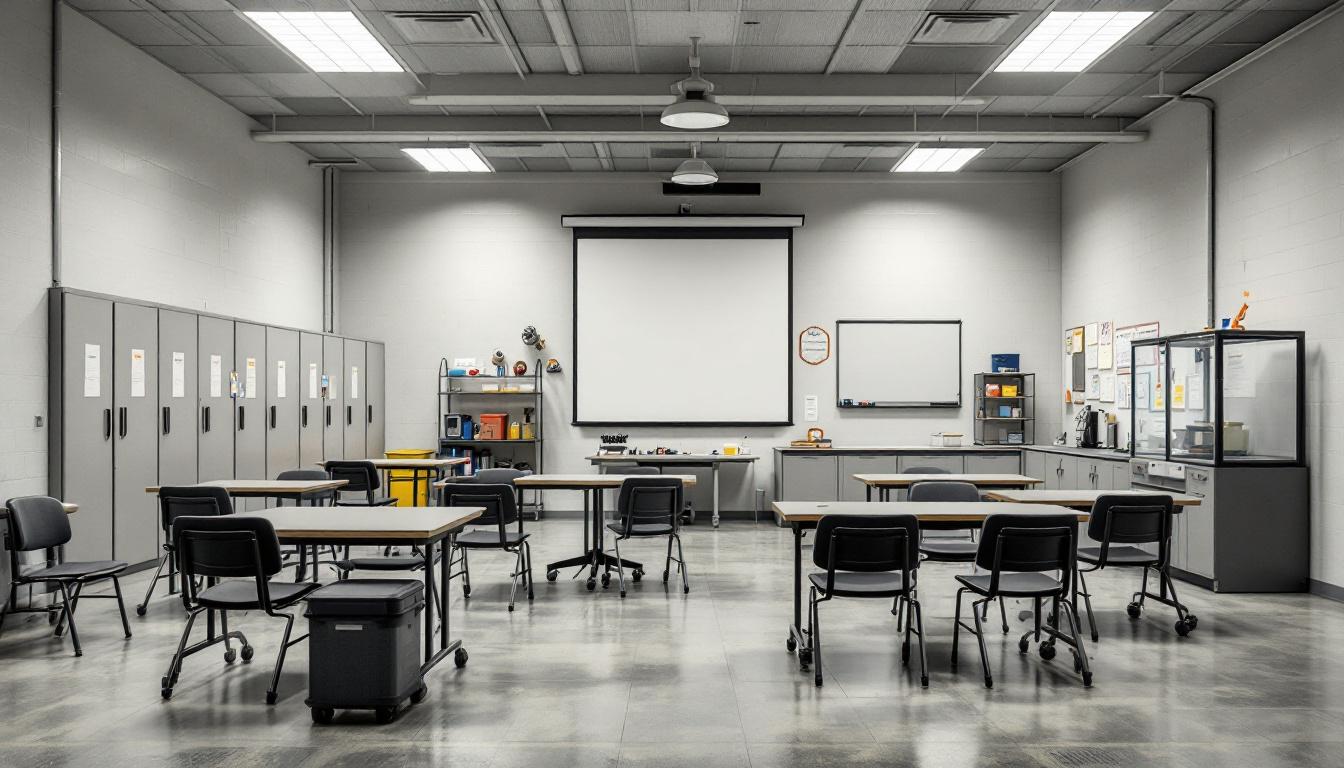
About Escambia County Jail
Supporting community safety while fostering pathways toward rehabilitation defines the core mission of Escambia County Jail, FL, which serves as a vital component of Florida’s broader correctional framework. Located in Pensacola, this FL correctional facility operates within the Gulf Coast region’s comprehensive social and economic landscape, where maintaining security intersects with preparing individuals for successful community reintegration. The facility typically houses pre-trial detainees and those serving shorter sentences, functioning as both a secure detention center and a bridge between arrest and resolution within Florida’s judicial system.
Through its alignment with state correctional goals, the facility generally emphasizes structured programming designed to address the underlying factors that may contribute to criminal behavior. Those incarcerated services often include educational opportunities, substance abuse counseling, and job readiness training that reflects the employment landscape of the greater Pensacola area. Mental health support and medical care typically form essential components of daily operations, recognizing that addressing health challenges can significantly impact successful outcomes upon release.
The county jail’s role extends beyond containment to encompass meaningful preparation for community reentry, with programs that may include life skills development and family communication initiatives. Staff generally work to maintain a secure environment while creating opportunities for personal growth and accountability. This dual focus on safety and rehabilitation reflects Florida’s evolving approach to corrections, where facilities like this one serve as testing grounds for evidence-based practices that can reduce recidivism and strengthen community connections throughout the region.
Programs & Services
Personal growth begins through structured opportunities designed to help those incarcerated develop essential skills and address underlying challenges. The facility typically emphasizes security and safety while creating an environment where participants can focus on meaningful change. These offerings often include educational advancement, therapeutic intervention, and practical work experience that may support successful community reintegration.
Educational programs may furnish opportunities for those incarcerated to pursue academic advancement and develop practical skills. The facility often includes basic literacy instruction, GED preparation, and vocational training designed to enhance employment prospects. These structured learning environments typically provide a foundation for personal development while maintaining the security protocols necessary for safe operation.
Work release programs often serve as a bridge between incarceration and community reintegration, allowing eligible participants to maintain employment while serving their sentences. Also available are work release opportunities and prison industries that may furnish practical work experience and job skills training. Substance abuse treatment typically addresses addiction issues through structured therapeutic programming, helping participants develop coping strategies and life skills essential for long-term recovery and successful reentry into the community.
Daily Life & Visitation
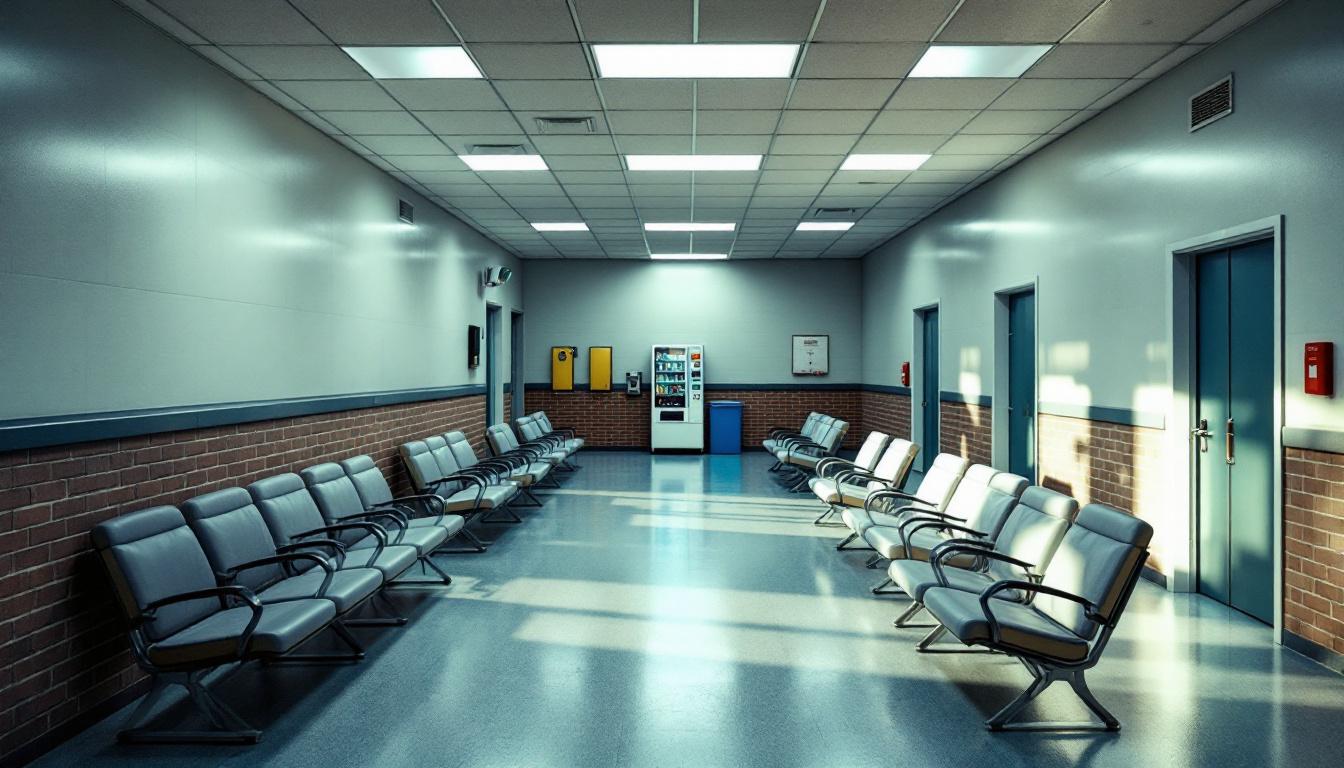
Maintaining connections with family members and the broader community remains a central focus for those incarcerated at Escambia County Jail. Today’s structured environment consistently emphasizes social interaction through shared living spaces, communal meals, and scheduled group activities. The facility typically organizes daily routines around community-centered programming that encourages positive relationships among residents.
Housing units generally accommodate multiple individuals in dormitory-style settings or smaller cells, creating opportunities for social interaction throughout the day. Those incarcerated typically share common areas where meals are served at designated times, allowing for conversation and relationship building. Also, recreational periods furnish structured time for group activities, television viewing, and informal discussions that help maintain social connections within the facility.
However, staying connected with family and friends outside remains equally important through regular visitation schedules and telephone access. Work assignments within the facility may include kitchen duties, cleaning responsibilities, or maintenance tasks that provide structure and interaction with staff and other residents. Programming schedules typically include educational opportunities, counseling sessions, and religious services that furnish additional community engagement. The commissary system allows those incarcerated to purchase personal items and snacks, often facilitating small acts of sharing that strengthen bonds within the housing units.
Ready to Connect?
Start communicating with your loved one today
Search for an Inmate
